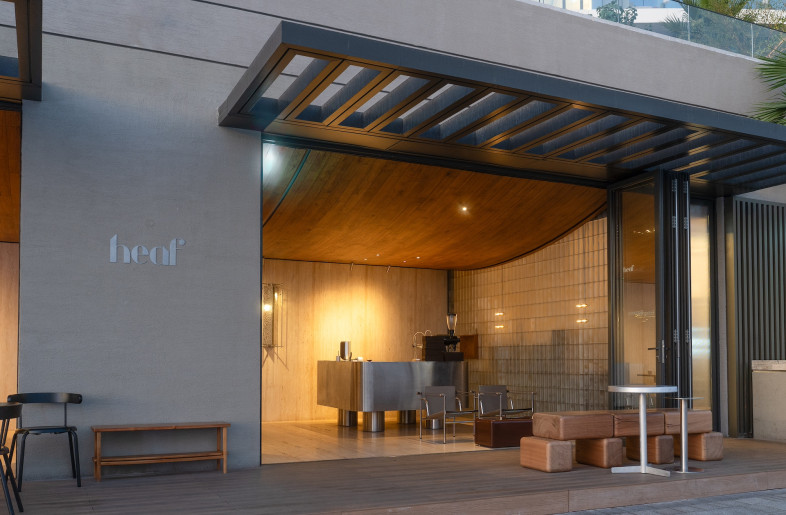This new 4500-sq-m bookstore in China is a public palace

China is becoming a bookworm haven: the influx of brick-and-mortar bookstores erupting in accordance with urban renewal projects are strong testimony. But in order to survive in a era of short attention spans, these spaces are evolving far beyond
Create a free account to read the full article
Get 2 premium articles for free each month
Related Articles
MORE Lauren Morris-Jansen
It’s easy being green according to 4 verdant retail spaces

Revenue optimization often underpins retail design, but not at Longchamp’s lounge-like shop

Shape, structure and sensory activation form this Seoul retailer's escapist environment

An in-store skate bowl breeds participation, not passive consumption, at Supreme Miami

AIM Architecture's Zara flagship in Nanjing connects to local heritage, going beyond retail aims

Narrative architecture forges emotion and immersion at Bosideng's Beijing flagship

A modular system of interior furnishings creates endless possibilities at this gallery in Shanghai

Openings: See the latest from Supreme, Dior and more

A restrained design language allows the ceremony of coffee-drinking to take centre stage
